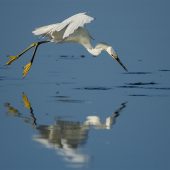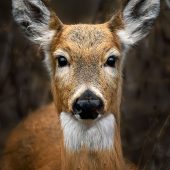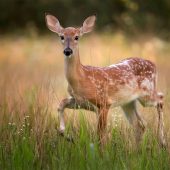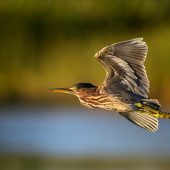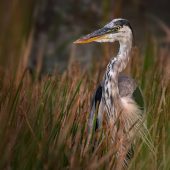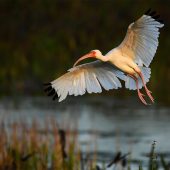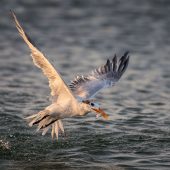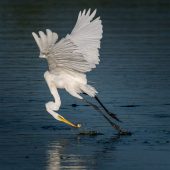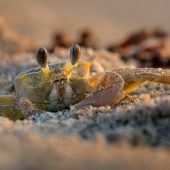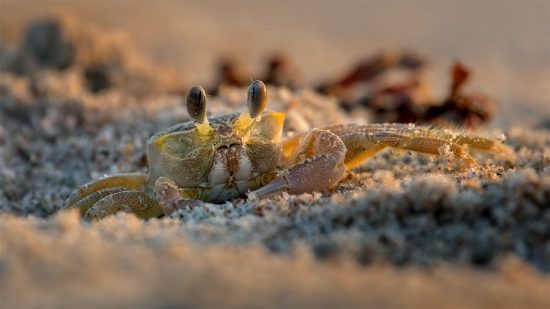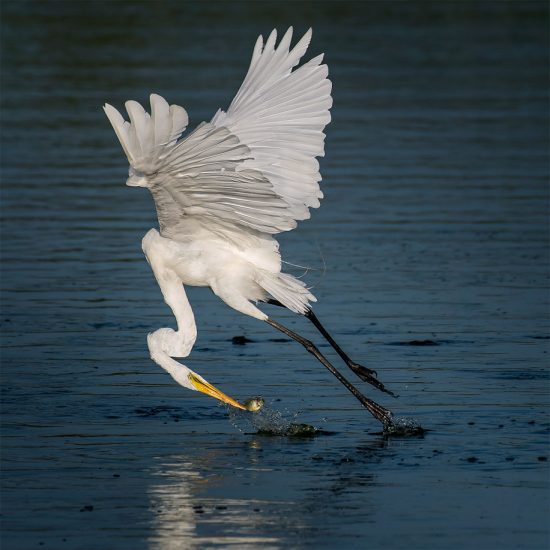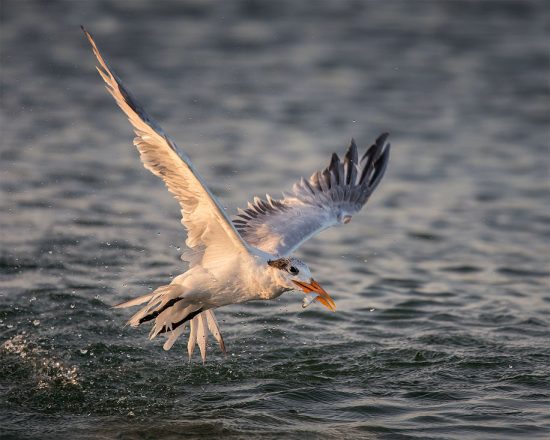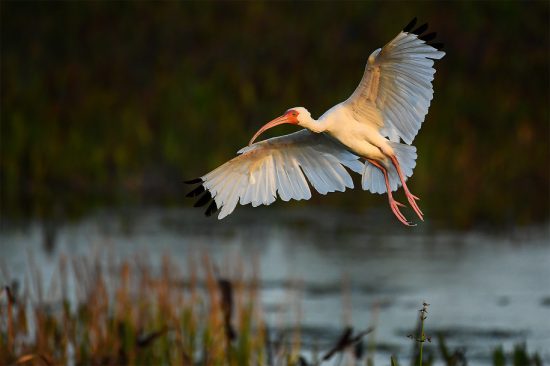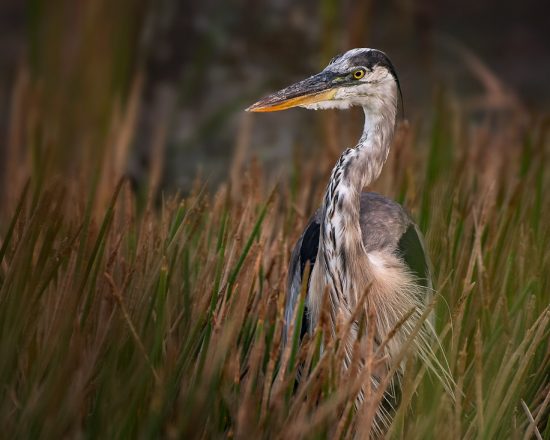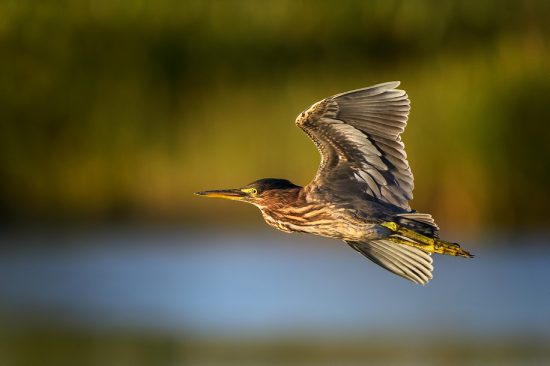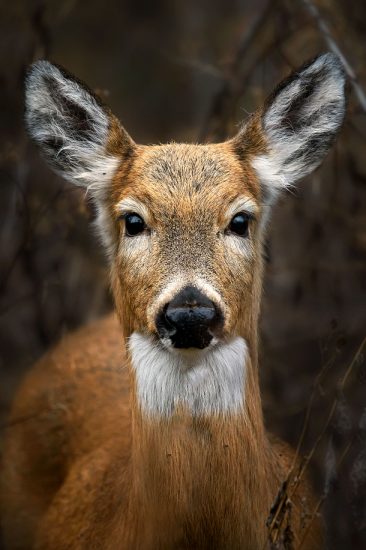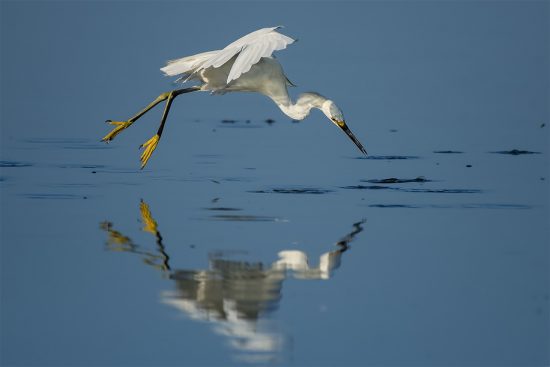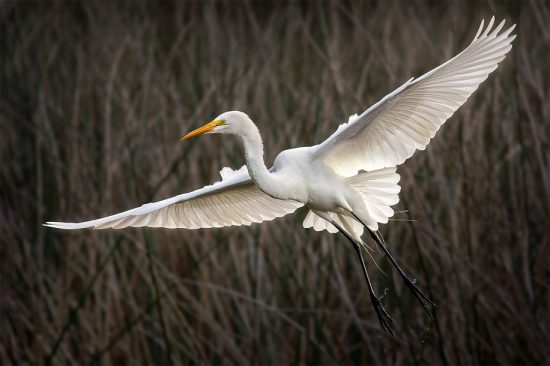“Nikkor 200-500mm f/5.6E vs. Nikkor 300mm f/4E PF – a review and comparison” is a new article by Steve Perry (website | YouTube | Facebook | you can check also his previous NR posts here):
It’s kind of funny how things work out.
In the not-so-distant past, would-be wildlife photographers were faced with one of two rather unpleasant scenarios when it came to lens choice.
The first and most obvious was that you had to choose between buying a super telephoto or keeping your spouse (of course, for some that may have been a no-brainer, but that’s none of my business J ).
The second choice was to settle for a rather paltry selection of glass euphemistically referred to as “budget telephotos.” As a rule, these were slow, unreliable, and boasted the optical quality of a used beer bottle.
Thankfully those dark ages of photography are solidly in the rear view mirror and we now have a fantastic selection of reasonably priced, high performance optics at our disposal.
However, with all this selection comes the inevitable stress related to choosing the perfect telephoto for your needs. I see this play out over and over again in my inbox – and usually the debate is between the Nikon 200-500 and the Nikon 300 PF.
First off, rest assured both lenses are fantastic optics capable of delivering world-class results. However, choosing the right lens for your shooting style can still be a tough decision.
As luck would have it, I happen to own both optics and I’ve been squeezing thousands of images through them at a variety of wildlife locations. So, at this point I feel like I have a fairly good idea of what they’re capable of.
And that’s where the video comes in:
I’ve put together a comprehensive review comparing and contrasting both lenses. We’ll examine everything from size and build quality to speed, sharpness, VR performance and more. Along the way, I’ll drop in some tips and tricks I’ve discovered that may be of use to you as well.
So, head to the play button and let ‘er rip. Enjoy!
Also, if you enjoy this video, make sure to stop by my site and check out my e-book, Secrets To Stunning Wildlife Photography. It’s nearly 300 pages of my best tips tricks, and advice for getting award-winning images on your memory card.
One of the reasons I love the 300 PF (and the 200-500) is its ability to get in close when you’re eye to compound eye with a small critter like this ghost crab. (Nikon D500, Nikon 300 PF + Nikon 1.4TCIII, 1/1000th, F5.6, ISO 1250 – note the higher speed was because I was also trying to capture him tossing sand from his burrow)
While the 200-500 isn’t going to break any speed records in the AF department, it’s still very capable of nailing the action in most circumstances. (Nikon D500, Nikon 200-500 @ 420mm, 1/3200th, F5.6, ISO 360)
Here’s where the extra AF speed of the 300 PF really makes a difference. In this scenario, the tern was diving into the waves and the camera had to instantly lock on as soon as he left the water – otherwise I would have missed all the cool splash action you see in this photo. (Nikon D500, Nikon 300 PF, 1/3200th, F4, ISO 1000)
In case you were concerned, the 200-500 also works great on a full frame camera like the D5 🙂 In fact, I prefer it on full frame when I’m close enough to my subjects to get away with it. (Nikon D5, Nikon 200-500 @ 500mm, 1/2000th, F5.6, ISO 2800)
When I first arrived in Florida with my new 200-500, I still wasn’t sure just how sharp it was. This was one of the first images I captured down there and it left any sharpness concerns in the dust. At times, this lens can be almost prime-like in the level of sharpness it displays. (Nikon D500, Nikon 200-500 @ 500mm, 1/1000th, F5.6, ISO 2800)
The 200-500’s AF speed can cause a missed shot here and there, but the trick is to have the focus already in the ballpark before the actions starts. That’s how I was able to capture this fast moving little green heron as he whizzed by. (Nikon D500, Nikon 200-500, 1/4000th, F5.6, ISO 1600)
One thing I really enjoy about the 300 PF is how it renders backgrounds and helps isolate subjects. While I can usually live with the 200-500’s F5.6, in my opinion, there’s something special that happens when you start opening up to F4 (and beyond). (Nikon D500, Nikon 300PF, 1/1000th, F4, ISO 1800)
This was one of my very first shots with the 300 PF. The compact size of this lens makes it incredibly easy to take on my morning hikes and you can’t complain about the sharpness. By the way, isn’t she about the prettiest doe you’ve ever seen? (Nikon D7200, Nikon 300PF, 1/200th, F4, ISO 1600)
Another little bit of proof that the 200-500 is completely capable of capturing action. This is actually a fairly heavy crop, but the 200-500 is sharp enough to handle it. (Nikon D500, Nikon 200-500, 1/4000th, F5.6, ISO 360)
This was captured next to a crowded boardwalk with the 300 PF. I liked the 300 PF in this situation for a couple reasons. First, with all the people passing on the boardwalk, a large outfit on a tripod was out of the question. Second was that the lens was small enough to poke through the railing when I needed to get low. (Nikon D7200, Nikon 300PF, 1/1000th, F5, ISO 220)
If you have an interesting idea for a guest post, you can contact me here.
